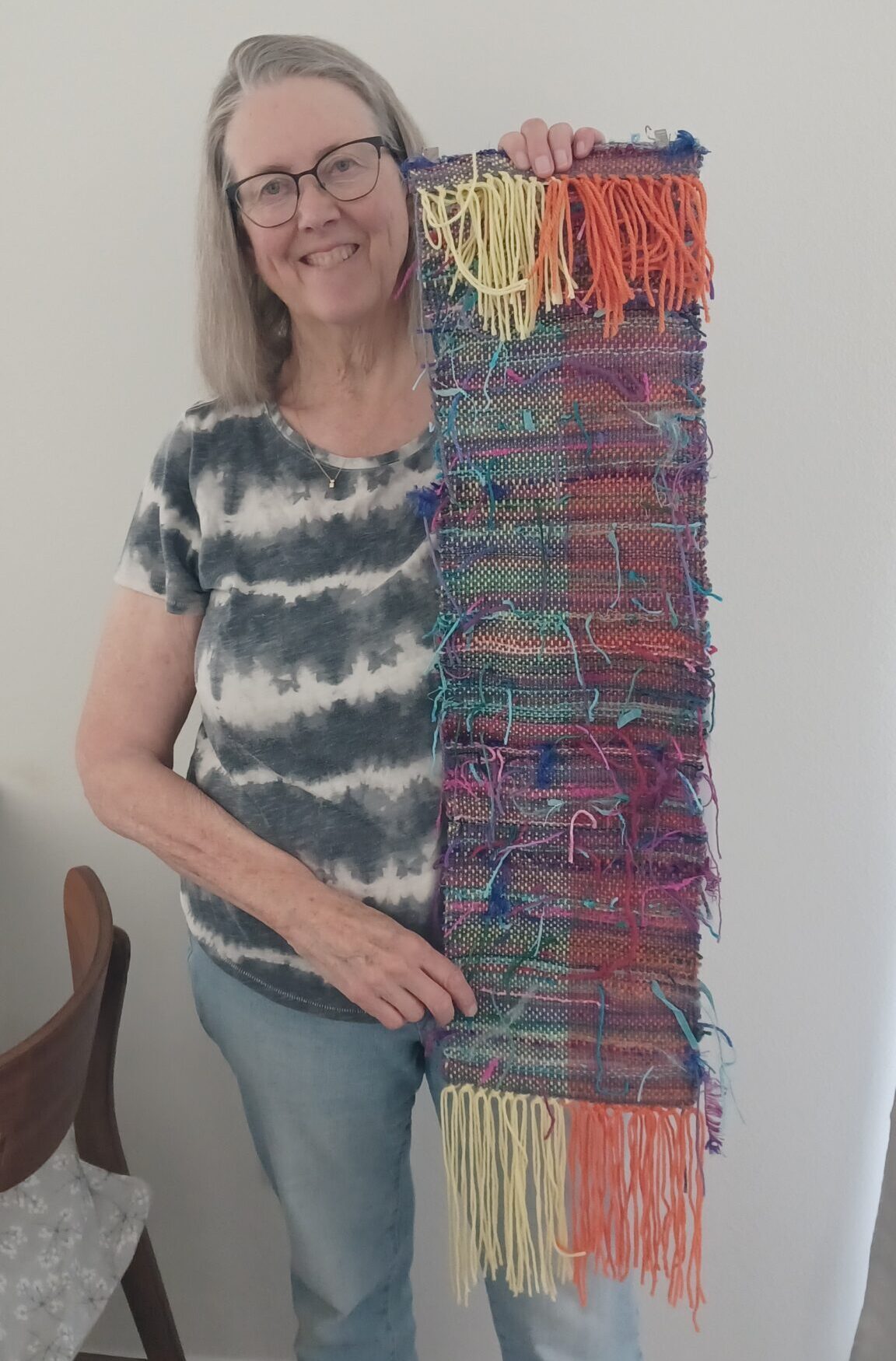
If you have struggled with the tension of our political life becoming intolerable in your family or faith life, there is encouragement for you in this post.
The Dominican Center finished the inaugural year of our new course, Foundations II: Wisdom from the Margins, this spring. Throughout the course we learned from leaders of faith who ministered among and identified with various marginalized peoples. They showed us and inspired in us how to live with resilience, courage, compassion, and wisdom amid difficulties.
Part of our learning was also from each other. We gathered in small groups throughout the year between class times to reflect and share from our own lives as we interacted with mystics and faith leaders in our readings and presentations. This proved to be a vital part of the experience for the class as it helped bring concepts and others’ experiences into relationship with each other.
We read and journaled on the book, What the Mystics Know, throughout the year. One of the chapters focuses on the “celebration of paradox.” For example, there is this quote from that chapter:
“True participation in paradox liberates us from our own control towers
and for the compelling and overarching vision of the Reign of God–
where there are no liberals or conservatives. Here, the paradoxes…
do not fight with one another, but lie in an endless embrace.”
In our last class, each person presented their “pearl”– What from Foundations II made an impact on your life and spirit? What gift did God have for you in this community and these spiritual leaders? Some of the class wrote poetry, others wrote reflection papers, and some created art. Each project was as unique as the person presenting it and the sharing was profound. Linda Lyzenga shares a portion of her “Pearl Project” below with us.

“This piece of fiber art — my Pearl of the DCM Foundations II — represents my Celebration of Paradox in Community.
In this work, the warp (vertical strands) is made up of two colors which to me represents the best of Community :
Orange indicates interdependence, friendship and togetherness.
Yellow expresses happiness and optimism, along with creativity which suggests a vibrant, positive atmosphere.
The weft (horizontal strands) are woven mainly with grey — a color of uncertainty and ambiguity. But, along the way, contrasting colors and textures of fiber were randomly chosen and woven into the piece to indicate the variety of community members — each one, a beloved child of God. There are many loose ends in the weft to suggest differences of opinion within these communities of church and family as each beloved one has their own understanding of place, indeed their own understanding of The Beloved. It is sometimes messy, but beautiful, nonetheless.
By playing and praying with fibers, holding the necessary tension, there has been a blessed release of unnecessary mental and emotional strain and anxiety over the state of our country and the church and family.
My pearl has become for me, a prayerful act of resistance as well as repentance of my own judgement and criticism of all the negative connotations of community. This is a celebration of paradox.”


